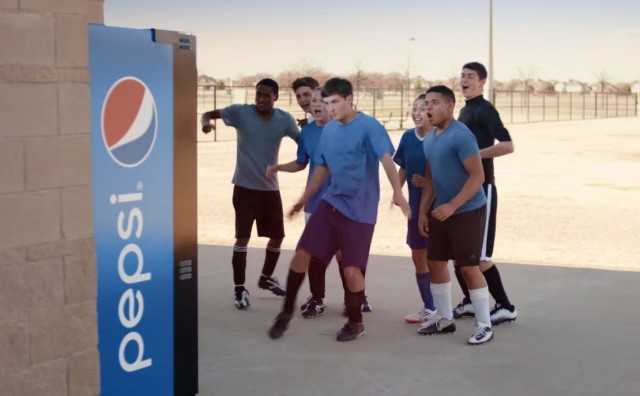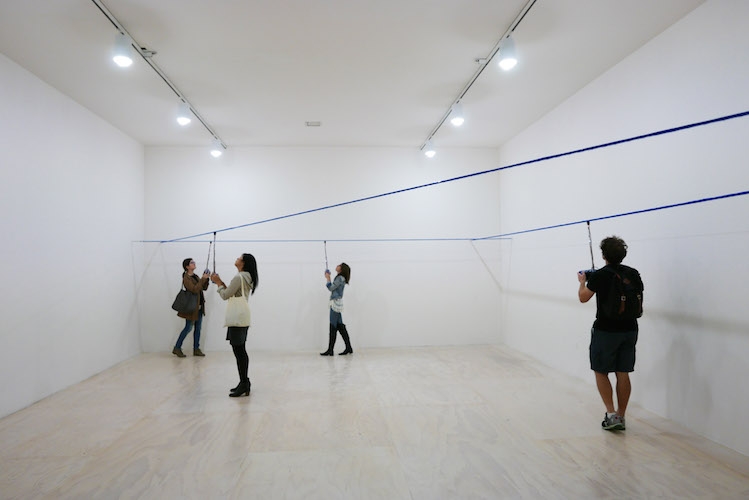For my short essay, I will be talking about the Principles of New Media in relevance to my Interactive I Installation Project – The Tree. I will referring to the notes mentioned in class, and also the reading from Lev Manovich, “The Language of New Media”.
Numerical Representation
From the reading, I understand that when new media are created from scratch or converted it’s composed of digital codes and are numerical representations.
There are 2 key consequence
- Can be described using a mathematical function
- Can undergo algorithmic manipulation and media becomes programmable.
It was created on computers and originate in numerical form, but were converted from various forms of old media. Digitization happened when converting continuous data into a numerical representation.
To make the tree function in a certain manner, tons of coding was done to set the movement of the tree. Our project definitely involves numerical representation as we have to key in specific numeric data while coding the movement of the servo motors, specifically the seconds and angle, and also the distance of ultrasonic sensors. Behind that, it involves a literal numerical representation whereby the information we typed on the front of the screen converts into binary data.
Modularity
It is the fractal structure of new media. New media objects are object-oriented, composed of parts made up of smaller parts reminiscent of a “fractal structure”. It consists of a number of separate objects. It is made from independent parts which retain a measure of autonomy even if embedded in another new media object.
Our Tree Project definitely has modularity, be it physically wise or coding. The tree is made up of many individual branches that comes together to form a whole, which shows the physical modularity. For coding wise, each branch is attached to a servo motor, and we have coded it into a manner where every servo motor moves at a different speed, time and angle, and will not be exactly the same or affects one another.
Automation
Numerical coding of media and the modular structure of a media object to allow for automation of many operations involved in media creation, manipulation, and access. Human intentionality can be removed from the creative process.
Our Tree Project definitely am able to run by itself without a user, once it’s being coded in. As it is set on loop, the project will keep on running and emits data when needed, until the power source is gone.
However, there is only a certain level of automation for our project as we do need human interaction to make the project work, else it will be static
Variability
A new media object is not something fixed once and for all, but something that can exist in different, potentially infinite versions. This means that each time an audience reacts to the interactive art, the output varies. Variability is a consequence of numerical representation and modularity combined and is closely connected to automation.
There is variability for our project as each audience will get a different experience from our interactive art depending on the location that they are standing. We coded our project to react in a different manner when at a different distance away from the tree. Furthermore, 360 degrees around the tree, the branches will react differently depending on which direction/angle the audience is coming from. Therefore, there is variability based on the distance of the audience and tree, and everyone will get a different experience.
Transcoding
It is the reconceptualization which occurs during computerization, the transformation of media into computer data. It creates a composite blend of human and computer meanings. It is also the most substantial consequence of media, which suggests that there are two distinct layer – the cultural layer and the computer layer. Both layers influence each other and are being composited together.
For our tree project, it was the theme ‘interstice’ that made us think of doing up an interactive tree, which signifies our cultural layer, whereby we talk about the interstice between people’s comfort zone with the usage of a non-human.
This influenced our computer layer which was when we started to work on how to make the interactive art work the way we want to and also portraying our message.
In conclusion, I believe that my group’s project does consist of the 5 principles of new media and I can’t wait to see it in full action! Now it’s time for me to go back to coding it to make it work!!
Till then,
Flazéda!
jamz
x




